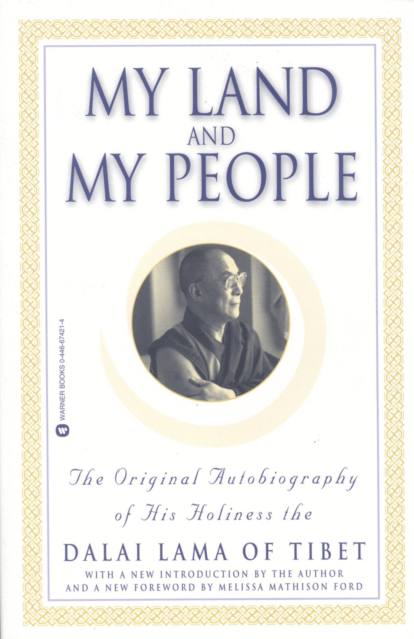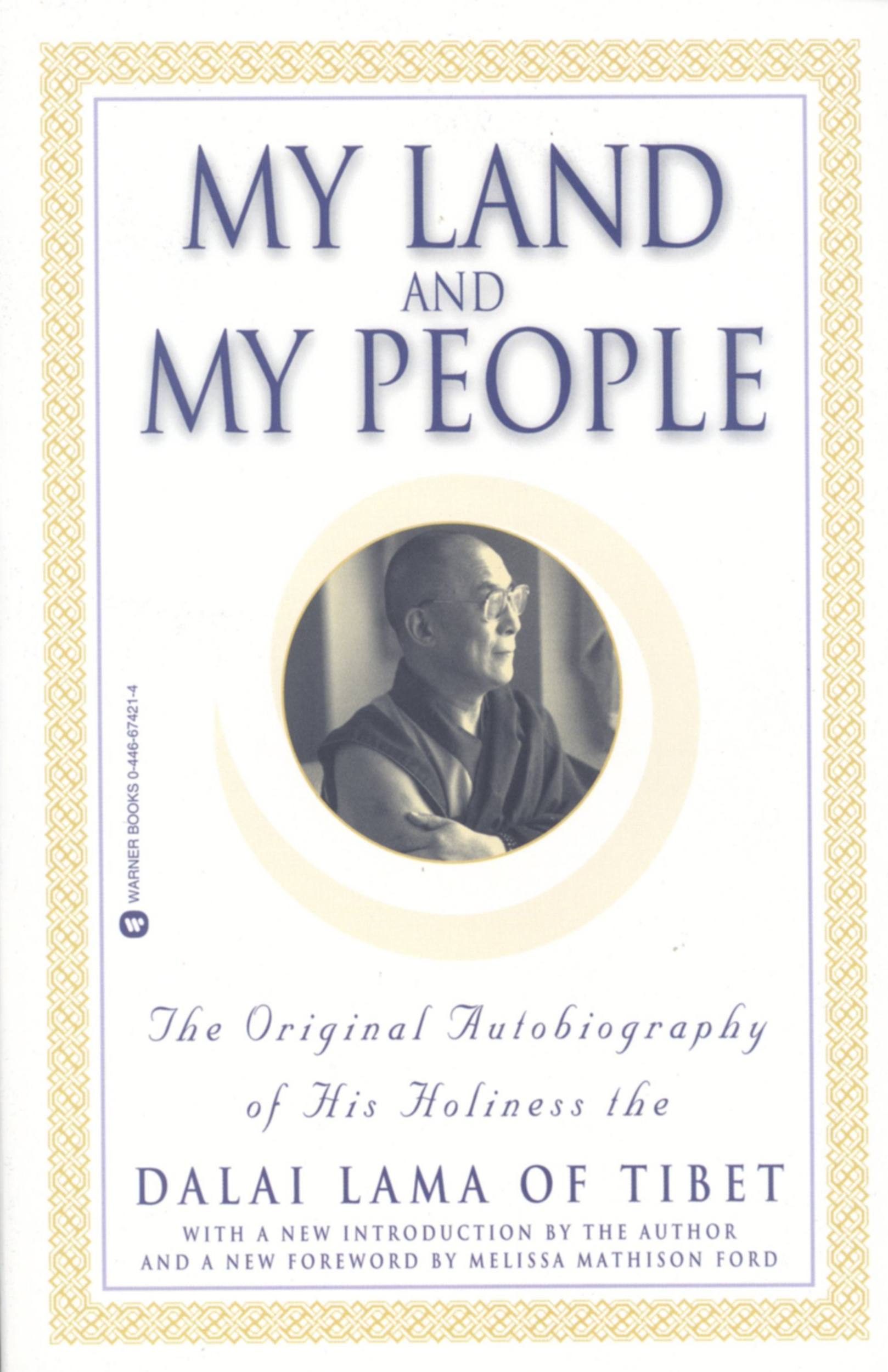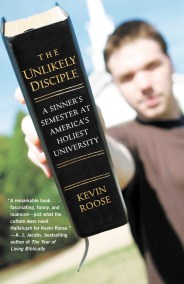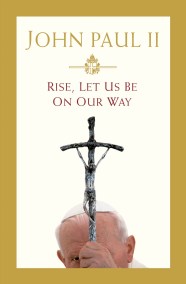Promotion
Use code MOM24 for 20% off site wide + free shipping over $45
My Land and My People
The Original Autobiography of His Holiness the Dalai Lama of Tibet
Contributors
By Dalai Lama
Formats and Prices
Price
$9.99Price
$12.99 CADFormat
Format:
- ebook $9.99 $12.99 CAD
- Trade Paperback $16.99 $22.99 CAD
This item is a preorder. Your payment method will be charged immediately, and the product is expected to ship on or around December 14, 2008. This date is subject to change due to shipping delays beyond our control.
Also available from:
In the Himalayan City of Lhasa, the four-year-old son of a humble farmer sat on a huge, gilded throne. His childhood would be unimaginable in both its isolation and a people’s adoration. His destiny would be one of immense tragedy and the awesome transformation of a man.
Written by the Dalai Lama as a young man in exile, this dignified testament re-creates the miraculous search that identified him as the reincarnated leader of his country. It paints a rare intimate portrait of Tibetan Buddhism-a way of life that would end with a terrifying foreign invasion surpassing sanity and reason. And it reveals the evolution of a man from a gentle monk to a world leader-one struggling to this day to free his country… one able to touch our hearts with the goodness that makes him on of the most beloved men of our time.
He was once a small boy was chosen to rule the most mysterious land on Earth. Now the Dalai Lama tells his, and his country’s, poignant story.
Genre:
- On Sale
- Dec 14, 2008
- Page Count
- 256 pages
- Publisher
- Grand Central Publishing
- ISBN-13
- 9780446553476
Newsletter Signup
By clicking ‘Sign Up,’ I acknowledge that I have read and agree to Hachette Book Group’s Privacy Policy and Terms of Use







